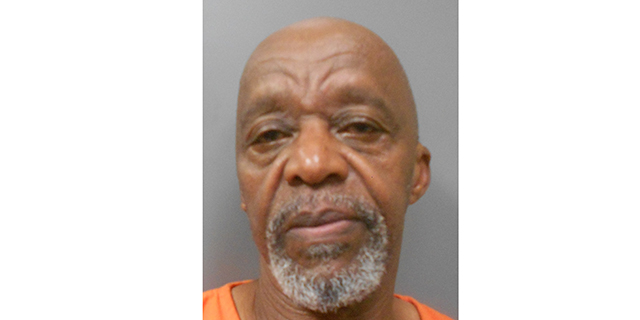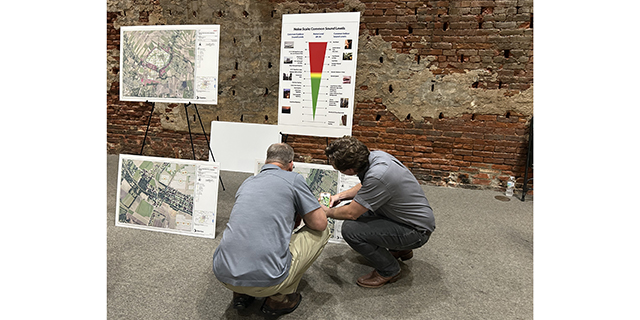GUEST COLUMN: Why at the Dome?
Published 8:30 am Wednesday, December 8, 2021
As Westgate becomes the first Iberia Parish public school to compete for a state football championship in the Superdome (Catholic High won the 2017 Division III title in the Dome), I thought it might be a good time for a history lesson explaining why the LHSAA crowns its football champions at the home of the Saints.
A smattering of high school games had been played at the Superdome in its early years. As a fifth grader growing up on Bayou Lafourche in 1976, I remember seeing our beloved South Lafourche Tarpons and a free safety named Bobby Hebert fall to St. Augustine in the state quarterfinals at the dome. Hebert didn’t play quarterback until his senior year in high school. He also played a few more games in the Superdome later in his career as quarterback of the New Orleans Saints.
The landmark game came in 1978 when two New Orleans schools, St. Augustine and Jesuit, made it to the class AAAA finals. A crowd of over 40,000 was expected. With no high school stadium in New Orleans large enough to accommodate the anticipated crowd, the game was moved to the Superdome. Forty-two thousand saw St. Augustine edge Jesuit 13-7. While the game was being played, Superdome manager Bill Curl looked at the huge crowd and wondered what kind of crowd they could get if all four championship games were played in the Superdome. The idea was brought to the LHSAA, and negotiations began. It would take three years of negotiations to convince the LHSAA to move its championships to the Superdome.
In the subsequent years after the St. Aug-Jesuit game, larger crowds continued to dictate a move to larger stadiums. In 1979, St. Augustine defeated New Iberia for its second straight AAAA title at USL’s Cajun Field. That same year, John Curtis defeated Patterson for the AA title in the Superdome on a field which was already decorated for the Sugar Bowl. Weather also may have played a role in moving the games indoors. In 1980, East St. John defeated Barbe for the AAAA title. That game was played at McNeese’s Cowboy Stadium in fog so thick it could only be described as “pea soup.” Consideration was given to moving the game to Saturday, but the game was in fact played on Friday despite the poor visibility.
The Superdome Classic would become a reality after the 1981 season. Following a heavy media advertising blitz, all four championship football games were played in the Superdome on Saturday, December 12, 1981. John Curtis, St. Martinville, Port Sulphur, and John Ehret would become the first champions crowned at the classic. It was a lot of football in one day for even the most avid fan with the first game kicking off at 11 a.m. and the last game finishing just after midnight.
The LHSAA stayed with the “four games in one day” format for only a few years. Deciding that four games were just too many for one day, state officials later split the games between Friday and Saturday with two being played each night. The AA & AAA champions were usually crowned on Friday while the A and AAAA champions were decided on Saturday. The LHSAA would stick with this format through the 1990 season.
In 1991 Louisiana expanded its sports classifications to include 5A. With one more game added to the mix, a third game was added to the Saturday session, and Thibodaux became the first 5A champion with an 18-15 overtime victory over Neville. The Acadiana area was represented in the second 5A championship game in 1992 as future New England Patriot Kevin Faulk lead the Carencro Bears to a 28-27 overtime victory against Neville.
The classic’s format went unchanged through 2004. In 2005, however, the championships were moved to Shreveport’s Independence Stadium following Hurricane Katrina. In 2006 the Superdome had been repaired, and the classic returned to New Orleans with its five game format.
Major changes would arrive in 2013 with the LHSAA’s football split into select and non-select divisions. Nine championship games would have to be played over the course of three days. It was in this classic that Vermilion Catholic of Abbeville would win its second state championship (the first being the Class A title in 2003) and become the first ever champion of Select Division IV football. The Eagles also set a record for the most points ever scored in a championship football game in Louisiana. VC’s 63-18 dismantling of St. Frederick’s of Monroe stood as the record for about eight hours until Acadiana scored 77 points later that evening in winning the 5A title over Parkway.
It was during the Friday session in 2017 that the Panthers of Catholic High New Iberia defeated arch rival Notre Dame of Crowley 33-16 to win the Division III title.
There have been a few format changes in recent years due to logistical difficulties, low attendance for the select games, and the expense of renting the Superdome for so many games. After going to Natchitoches in 2020 due to COVID-19, the non-select divisions will determine their champions at the Superdome once again this weekend, the second weekend in December. However, select schools now play championship games at various locations around the state including UL’s Cajun Field and Tulane’s Yulman Stadium, with one also at the Superdome.
Personal Reflections
That first Superdome Classic in 1981 was held on my 15th birthday. My dad and I spent all day in the dome watching the four championship games. Like I said earlier, it was a long day. My wife, whom I’d meet six years later, was there, too, that day watching her boyfriend at the time play running back for St. Martinville. Thirty-four years later in 2015, on my 49th birthday, I’d be given the honor of officiating the Class 5A championship game. My wife, dad, mom and children were all there this time to watch me work. It’s not only about football, championships, and trophies. It’s about the memories made along the way.
To quote former LSU head coach Ed Orgeron, who was a member of that 1976 South Lafourche team that played in the Superdome, “Go Tigers!!!”
DARRYL RICHARDELLE is a 20-year veteran Louisiana high school football official and historian, freelance writer and occasional contributor to area newspapers.





